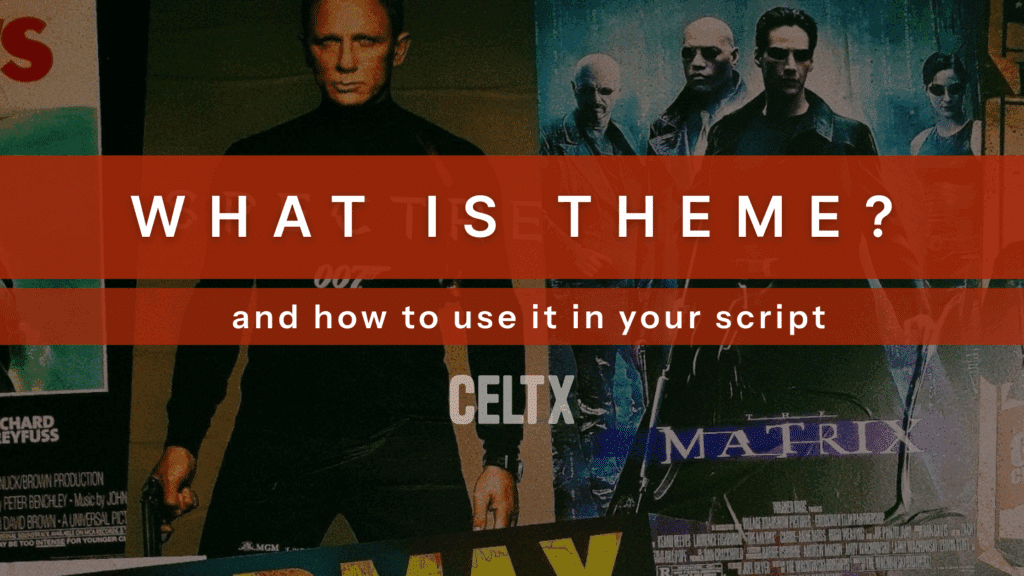
Every story you love has a core idea that binds it all together. It doesn’t matter if you’re a fan of gritty crime thrillers, whimsical animated films, or coming-of-age dramas, they all have a theme.
While theme is the central idea in the story, many writers will often overlook or misuse it. Some fear being preachy while others aren’t sure how to express it subtly. There are some who simply don’t know what their story is really about until after the first draft. But that’s okay because theme sometimes can be difficult to pin down.
When used right, theme elevates a story to another level and transforms a plot from a mere sequence of events into something meaningful. When the theme is clear, it gives the audience a reason to care.So, in today’s blog, we’re uncovering theme, what it actually is, how it differs from similar concepts like motif and tone, understanding theme in film, and how you can use it effectively in your next screenplay.
Table of Contents
- What is Theme?
- Most Common Themes in Storytelling
- Theme vs. Motif vs. Tone
- Why Does Theme Matter?
- Common Examples from Film and Television
- How to Incorporate Theme
- FAQ
- Conclusion
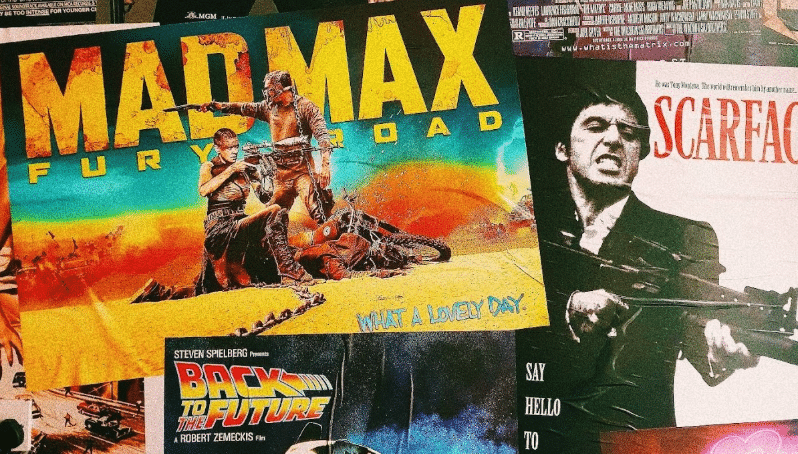
What is Theme?
Theme is the central idea or underlying message of a story.
Now, don’t get theme confused with the plot (what happens in a story), or the characters (who things happen to). Theme is the ‘why’ behind your story: it’s emotional or philosophical backbone.
For example:
The Shawshank Redemption isn’t just about escaping prison but about hope and perseverance.
The Godfather explores power, family, and the corruption of the American dream.
Inside Out teaches that sadness is an essential part of the human experience.
Themes can be explicit or implicit. While some stories state their themes clearly through dialogue or a narrator, others will let the audience draw their own conclusions. A theme can also evolve, become clearer, or even be subverted as a story progresses.
“A film is – or should be – more like music than like fiction. It should be a progression of moods and feelings. The theme, what’s behind the emotion, the meaning, all that comes later.” – Stanley Kubrick
Theme in screenwriting works in the same way as it does in literature.
Most Common Themes in Storytelling
While themes can be as unique as the stories they inhabit, certain themes recur across time, cultures, and genres because they tap into universal human experiences.
Here is our rundown of the most common themes you’ll find in film, television, and literature:
Love and Connection
Whether romantic love (like in Titanic), platonic love (like in Stand by Me), or familial love (like in Little Miss Sunshine), stories that explore love examine what it means to connect, and what we’re willing to sacrifice to keep those bonds.
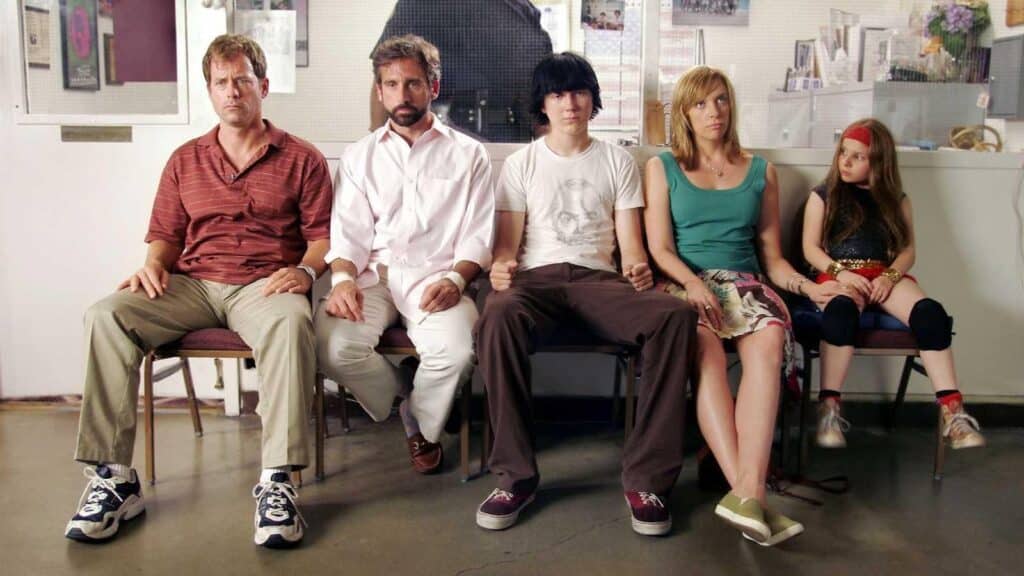
Identity and Self-Discovery
Just like in real life, characters often struggle to understand who they are or what they want to come. This theme is especially common in coming-of-age stories such as Lady Bird, Moonlight and The Lion King.

Good vs. Evil
This is one of the oldest themes in storytelling, often displaying an external conflict such as in Star Wars. But it can also be an internal conflict, such as experienced by Nina in Black Swan.
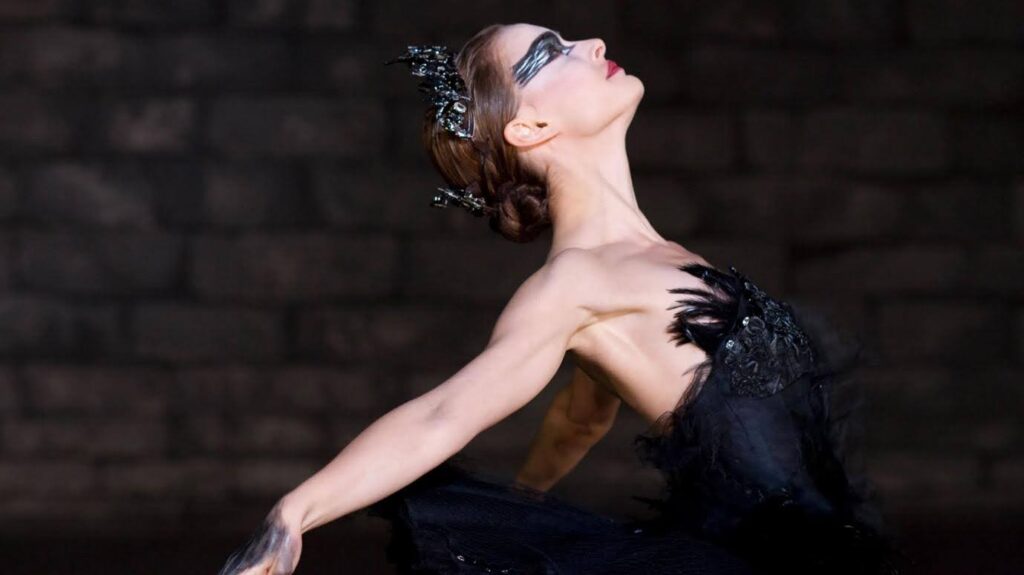
Freedom and Confinement
This can be literal, as in The Shawshank Redemption, or metaphorical, as in The Truman Show, where characters yearn to break free from societal or psychological constraints.

Theme vs. Motif vs. Tone
All three of these elements are crucial to a story but are often confused or used interchangeably. Yes, they inform each other but serve vastly different purposes in storytelling.
If you can understand the distinction between theme, motif, and tone, you’ll be well on your way to working out how to convey your story’s message and ensure it feels intentional, not accidental.
So, let’s start by demystifying them:
Theme
As we’ve seen, theme is the core message or idea of a story, for example, justice vs. revenge, identity, freedom, betrayal. It answers the question ‘What is the story about, at its heart?’
Theme can also be expressed as a statement or question, just like: ‘Power corrupts’ or ‘What makes life worth living?’
Motif
A motif is a recurring symbol, image, phrase, or element that reinforces the theme or helps weave the theme into the story. Take Breaking Bad where the color green often represents greed or transformation.
Tone
Tone is a story’s emotional attitude or voice (e.g. hopeful, dark, sarcastic, whimsical) and helps determine how the theme is delivered to the audience. For example, two films may explore the theme of death, but in very different ways. Manchester by the Sea explores it in the vein of a solemn drama while The Farewell is a quirky comedy.

For more on motifs and symbolism in film, check out our dedicated blog here.
Why Does Theme Matter?
“Theme is the most important element of a good screenplay. It’s the driving intention behind the film. It’s the message that the writer is trying to get across to the audience which, when effectively communicated, satisfies them, emotionally and analytically, and makes them feel they’ve just watched a good film. It is, in a single sentence, what the movie is really all about.” – Jeffrey Scott
Okay, so you may be thinking ‘Can’t a story just be entertaining?’. Well, sure, but great stories resonate with their audiences. To build resonance, you need thematic depth.
Here’s a closer look into why theme matters in all stories:
1. Theme Provides Purpose
A theme guides the story’s direction. When you know your theme, your character arcs, plot points, and dialogue naturally begin to align around it.
Think of your theme as a compass that keeps your narrative focused as it unfolds.

2. Theme Deepens Emotional Impact
Theme taps into universal truths or questions that audiences can relate to. They don’t need to consciously recognize the theme but instead need to feel it. It’s that emotional connection that makes the story memorable.
3. Theme Creates Cohesion
When all your story elements, from plot structure to visual motifs, all work to serve the theme, the story feels tight and unified. Your audience is much more likely to trust you and stay right to the end if you have a tight grip on your theme.
4. Theme Elevates Your Script
For us screenwriters, a well-developed theme can set our work apart. Executives, directors, and actors often look for material that says something and gives readers a genuine reason to stick around.
Common Examples from Film and Television
Now we know more about theme and how it drives a story, let’s see it in action in some of film and TV’s finest with some story theme examples:
The Dark Knight (2008)
Here, the theme is order vs. chaos and the cost of heroism. In the cast of The Dark Knight, the Joker represents chaos while Batman represents order. The city of Gotham is the battleground for these two opposing ideologies.
The motifs that help drive the order vs. chaos theme are clowns, dual identities, and moral dilemmas, with a dark, brooding and philosophical tone rippling throughout
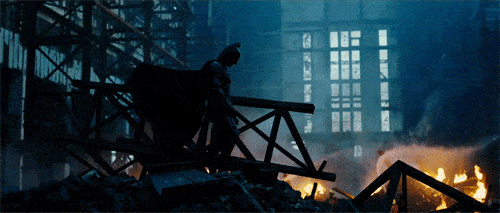
The Handmaid’s Tale (2017-2025)
The themes of oppression, resistance, and the resilience of the human spirit are at the core of The Handmaid’s Tale expressed through Offred’s personal struggles in the larger dystopian world of Gilead.
Red clothing symbolizes oppression while eyes symbolize surveillance, with biblical references used throughout to reinforce the theme. A dystopian, tragic and tense tone also adds to this.
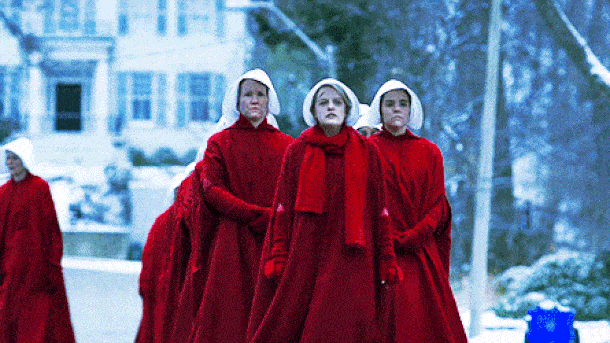
Everything Everywhere All at Once (2022)
This Oscar-winning masterpiece from the Daniels explores the themes of nihilism vs. meaning, intergenerational trauma and love as redemption through the fractured mother-daughter relationship of Evelyn and Joy.
Bagels represent absurdity, googly eyes symbolize joy alongside multiverse chaos as motifs to reinforce the themes. The tone is also wildly kinetic, surreal and emotionally resonant, giving us an insightful yet bizarre experience that we want to return to time and time again.

How to Incorporate Theme
The biggest challenge you may find with theme is it can be easy to fall into being preachy.
While it is wise to plan where you want to focus on your theme during the planning process, you don’t want to be too overt.
But how do you strike the balance? Here are our five top tips to subtly incorporate your theme into your story without being heavy-handed.
1. Let Characters Embody Opposing Sides
Instead of having a narrator declare the theme, let your characters represent different viewpoints.
Take Dead Poets Society where Neil embraces seizing the day, while his father fears nonconformity. This tension is what brings the theme naturally to life without feeling too forced.
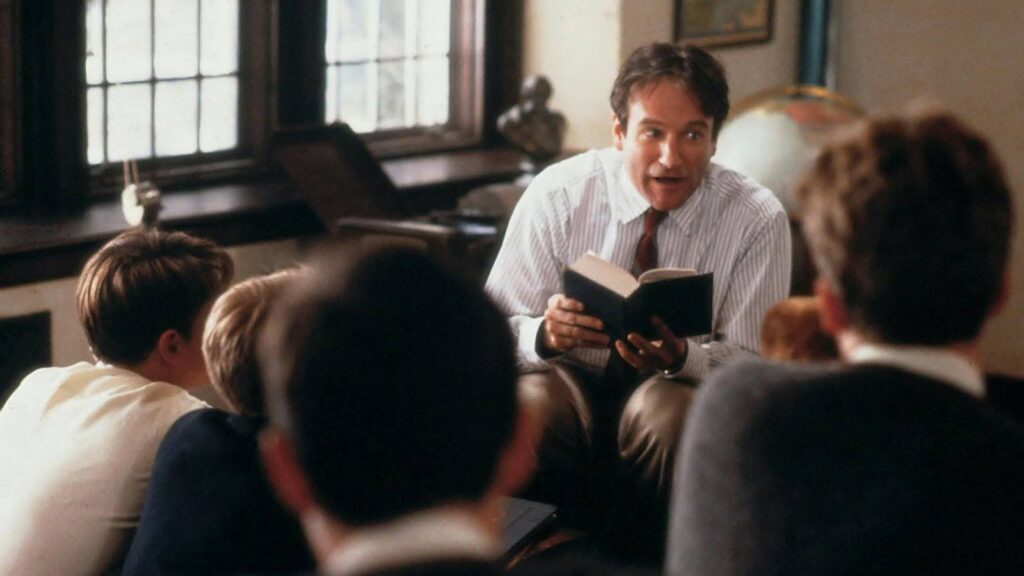
2. Subtext Is Your Best Friend
Theme should be felt more than it is heard, so you should avoid monologues that simply spell everything out. Instead, layer your theme into scenes, dialogue, and the choices your characters make.
Show the consequences of a belief system, rather than just stating it. Your audience is more tuned in than you think!
3. Use Motifs and Symbolism
We’ve explored motifs a little in today’s blog, but they’re extremely important in terms of weaving your theme into the story. Motifs can subtly reinforce theme without drawing attention to themselves.
For example, a recurring image, like birds in The Shawshank Redemption, can speak volumes without a single word.
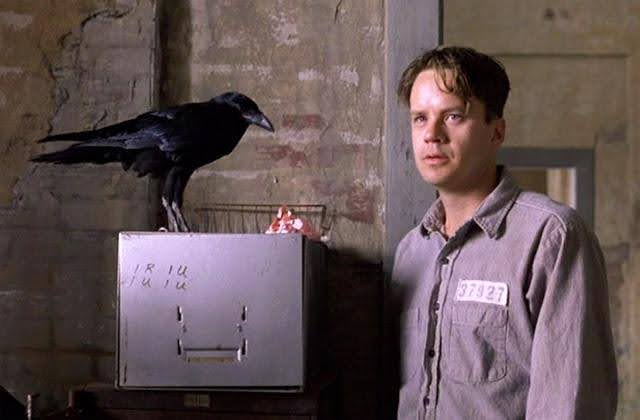
4. Use Character Arcs
Throughout the story, your characters should wrestle with the theme. If your theme is about forgiveness, then your protagonist should struggle with that concept, and maybe even reject it. It’s only through the plot and the choices they and other characters make that eventually lead to them embracing it, or not!
5. Ask a Question, but Don’t Give an Answer
Some of the most powerful themes come in the form of questions. Rather than telling the audience what to think, invite them to explore the question with your characters.
By actively involving your audience in the story in this way, they are more likely to engage with it and emotionally resonate.
FAQ
Does every story need a theme?
Yes and no. Of course, you can write a fun, action-packed story without an overt theme. However, the stories that stick with people are ones that tap into something deeper and ask philosophical questions.
Even popcorn movies like Mad Max: Fury Road explore themes such as redemption, survival, and freedom.
Can a story have more than one theme?
Yes, they absolutely can. In fact, most complex stories do. Just be sure the themes don’t compete in a way that confuses your audience.
Instead, think of a main theme with supporting subthemes. Think of the main theme as a tree and the subthemes as branches growing off it.
Should I plan the theme before writing, or discover it later?
Either works. Some writers start with a clear theme in mind, while others will uncover it during revisions. What’s important is that you recognize your theme eventually and shape the story around it.
Can theme evolve throughout the story?
Indeed, it can. A character’s belief about the theme may change, or the story may reveal new angles as it progresses. The theme’s evolution often mirrors the protagonist’s character arc, which makes the narrative even more compelling to an audience.
Conclusion
Theme is the soul of your story. It’s what gives your plot meaning and your characters purpose. Whether you’re writing a feature film, TV pilot, or even a short script, taking the time to explore and refine your theme will elevate your work.
But don’t worry about nailing it in the first draft. Often, theme reveals itself over time through your characters’ struggles, your story’s turning points, and the questions you find yourself asking as you write.
Start by asking: What do I want to say? or What do I want my audience to feel or think about? Then build from there.
Up Next:
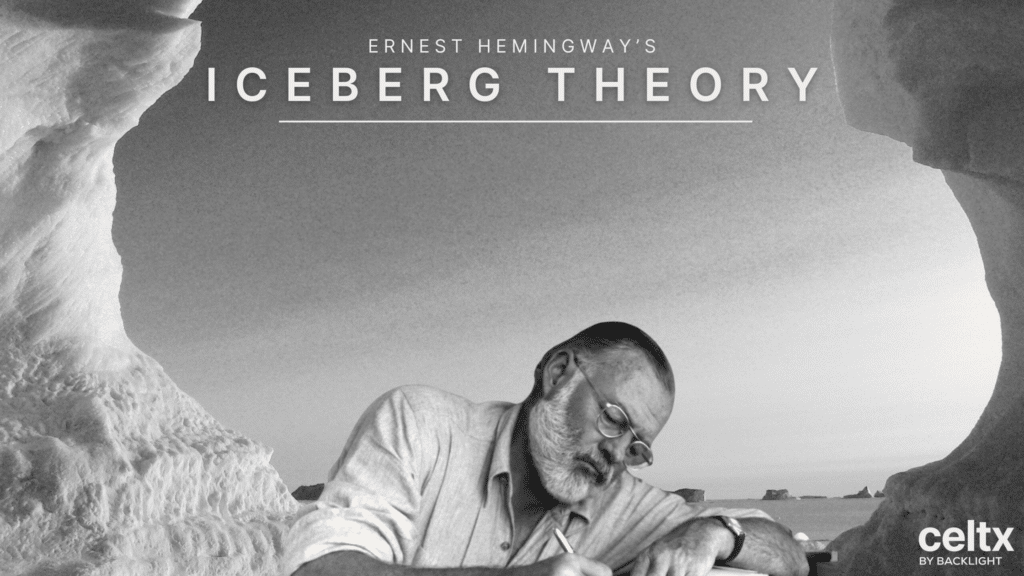
Up Next: Iceberg Theory
Once your theme is in place, it’s not about spelling it out—it’s about showing just enough. Iceberg Theory helps you convey depth and meaning without being heavy-handed, letting your theme shine through subtext.
